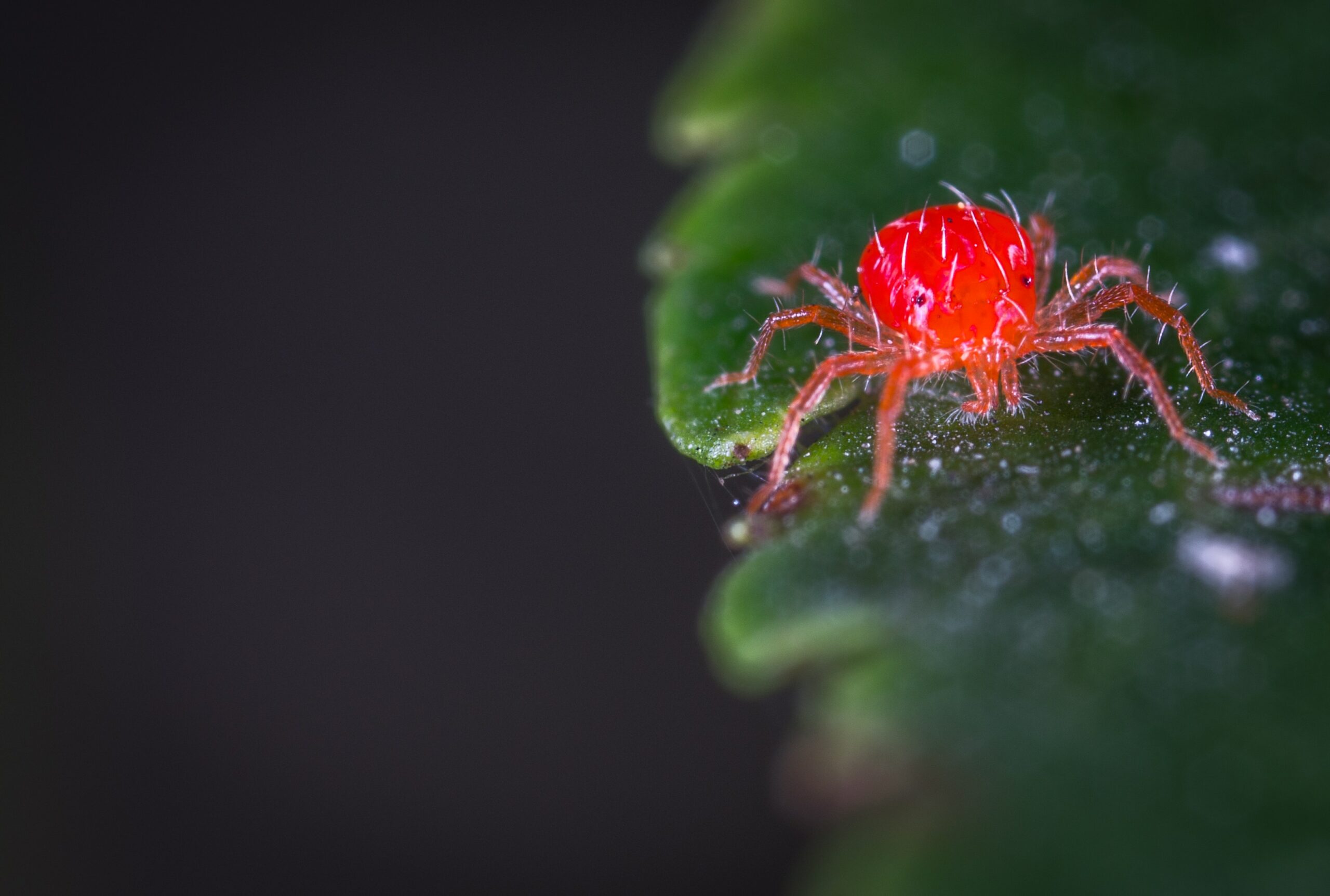
- 17 Nov 2021
- Leroy Silva
- Blog
- Comments: 0
What is Integrated Pest Management?
There are many advantages to using Integrated Pest Management (IPM). About Pest Control, that relies on common sense. Current and complete information on pests and their interactions with the environment is used in IPM initiatives. When combined with the current pest management options, this information is used in the most cost-effective way possible to manage pest damage.
And with the slightest possible risk to human life, property, and the natural environment. Agriculture and non-agricultural contexts, including the home and the workplace, can benefit from IPM techniques.

When it comes to Pest Control, it utilizes a wide range of methods, including but not limited to the use of reasonable use chemicals. IPM uses many of the same principles in organic food production.
We can only use pesticides if they are natural rather than synthetically created. Pest management evaluations, judgments, and controls are all part of IPM, not a single strategy. Four-tiered IPM is used by growers who are conscious of the risk of insect invasion. When the monitoring, identification, and action thresholds indicate that Pest Control is required.
Pest Control Mechanism:
And there are no longer any effective or available preventative measures. The appropriate control mechanism is assessed for its effectiveness as well as danger. Priority is given to pest management methods that are more effective and less hazardous, such as precisely targeted pesticides. So, for example, by using pheromones to disrupt pest breeding and mechanical control methods such as traps or weeding.
If extra monitoring, identifications, and action thresholds are established, the less risky controls may not be operating. Additionally, I would spray insecticides in a targeted manner. Non-targeted insecticides can only be used as a last option. When it comes to Pest Control, IPM programs focus on preventing pests from becoming a problem in the first place. May use cultural practices, such as rotation in an agricultural crop.
The usage of pest-resistant cultivars, as well as pest-free rootstocks, is advocated by several experts. There is no little risk to individuals or the environment when using these methods of control. Only a tiny percentage of the living things in our environment need to be controlled.

Innocent and even helpful organisms abound. Pests are being monitored and accurately identified through IPM programs. So that you can make appropriate control decisions in connection with action thresholds, you must first understand what those thresholds are.
There is no risk of pesticides being utilized as a result of this monitoring and identification. To ensure that the wrong pesticides are used or that they aren’t needed at all. IPM initially establishes an action threshold or a point at which Pest Control populations reach a specific size.
Pest treatment may be necessary due to environmental factors. Detecting a single bug does not necessarily indicate that you need to take action. Future pest treatment decisions must be guided by how much of a financial threat pests provide.
How can you tell if it’s been raised utilizing Integrated Pest Management (IPM) practices when shopping for food?
In most cases, food grown utilizing IPM procedures is not recognized as organic food in the marketplace. For growers who use IPM, there is no national certification.
According to US Department of Agriculture guidelines for organic food products. When it comes to Pest Control, IPM is a complex process rather than a set of procedures. There is no single IPM definition that covers all foods and all regions of the United States. These are the best methods of Pest Control.
